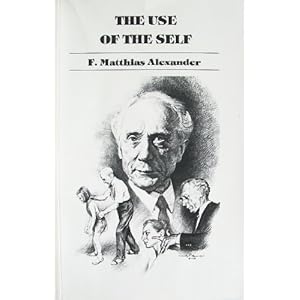I think we all have a similar experience from time to time (and sometimes, most of the time!), of continuing to engage in an activity even though it causes us pain. What is the common denominator, from person to person, experience to experience? Why do we do it, even when deep inside, we know it would be best to stop or change course somehow? Why do we not listen to that "little voice" inside?
I think that when I am in a situation like the one I described above, I am trying to "get" something, maybe some sense of pleasure, from outside of myself--even if the specific act is also one of trying to "give" something to the world (or a specific person) outside of myself. When we're focused on the outside, it doesn't really make a difference whether we're trying to "give" or "get"...the point is that we're still focused on the outside. When this causes pain, it's because our focus on the outside is being given priority over what is on the inside, and the delicate balance between inside-outside / me-world has been disturbed. We are thrown off-balance, and we experience pain. Something in us believes that what we can get from the outside will be better or more important somehow than what we can give ourselves and get on the inside. In a sense, we abandon ourselves to a faulty belief and don't trust the voice inside that wants to deliver us from pain and suffering.
The inward dimension has priority over the outward.
It is moments of unbalance and delusion like this which remind me of something F.M. Alexander said: "Pain is your friend." Pain is a friendly voice inside of me, poking me (sometimes not so gently!), telling me I'm off-balance. It's a little red flag warning me to stop going in the same direction, reminding me instead to re-assess where I am, what I really want and where I want to be, and to re-direct myself into better balance and ultimately greater peace and happiness. If I would only go inside and listen to this friendly voice and all it has to say, with my whole being--all my attention, then I would be able to find a way to give myself a pain-free experience while also giving something even better to the outside.
That means stopping to pay more attention to "giving" to myself (and therefore "getting" from myself) from the inside instead of "getting" something from the outside. When I "give" to myself from the inside, I also "get" what I need most--after all, who else but me knows exactly what I really want and need?
Of course, we can also be thrown off-balance by over-focusing on the inward and forgetting about the outward: I think it is impossible to find true balance without a deep inner awareness of ourselves in relation to an awareness of the "other" which is outside of us.
I'd love to hear about your experiences and thoughts on continuing to engage in an activity even though you know it is hurting you somehow. What does this mean to you?
* photo by digitalart, http://www.freedigitalphotos.net/images/view_photog.php?photogid=2280












